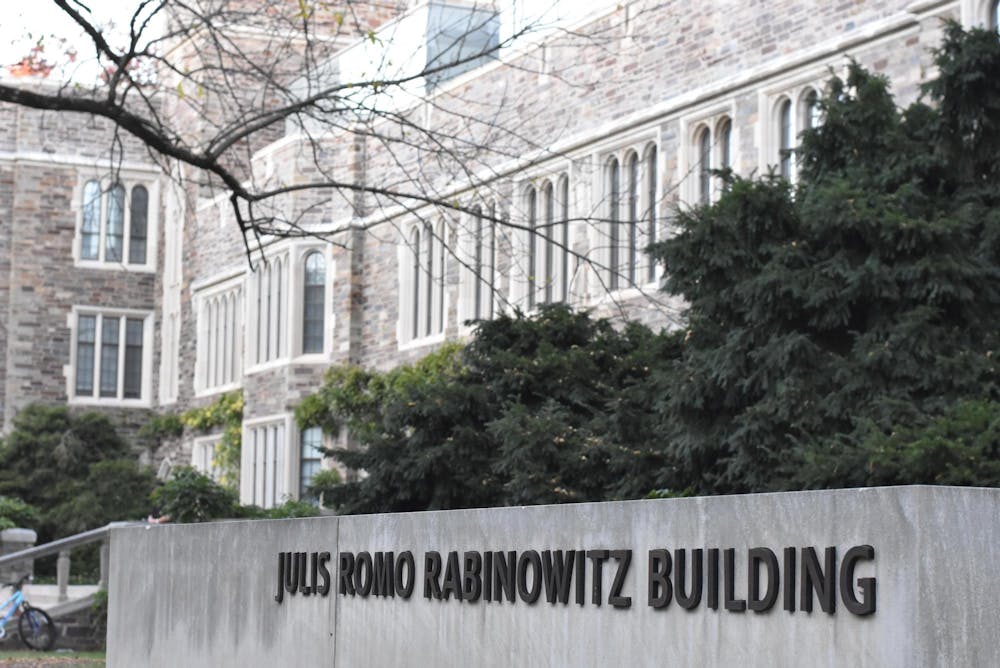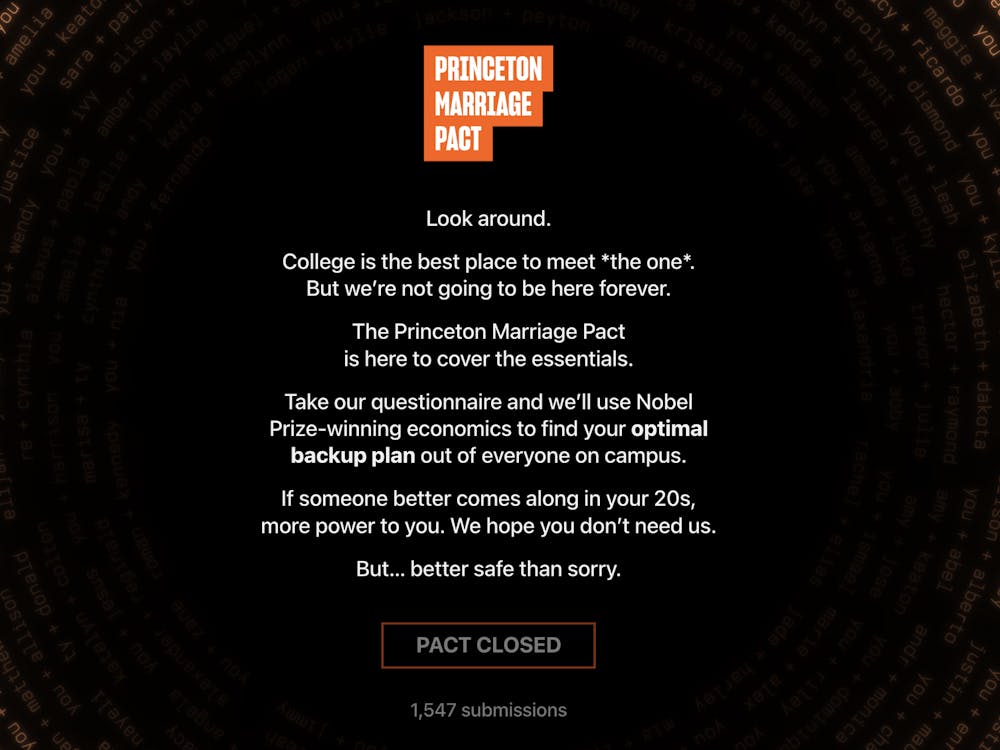This past semester, our colleague Eleanor Clemans-Cope argued that the Princeton School of Public and International Affairs (SPIA) ought to replace its requirement that students learn introductory microeconomics with macroeconomics. As lovers of micro — one a SPIA student and the other in economics — we believe that Clemans-Cope’s dismissal of micro as a discipline greatly misses the mark.
Describing microeconomics as the study of “consumer preferences and variable costs” vastly oversimplifies a complex, beautiful, and highly practical subject. Clemans-Cope implies that the smaller scope of micro makes it less substantive and worthy of pursuit, but for students interested in making decisions that affect real people — the chief aim of most public policy students — it is better to think smaller.
There are significant practical benefits for requiring SPIA students to learn micro. Only five economics courses require macroeconomics (ECO 101, 301, or 311) as a prerequisite, while 22 courses require microeconomics (ECO 100, 300, or 310). Many of these courses are connected directly to the kinds of policy problems that SPIA students tend to be interested in solving. Whether one is interested in law, healthcare, agriculture, or the environment, the economics department has classes that can grant new insights into these subjects, and all of them require an understanding of micro.
The reality is that most of the work of policymaking is not deeply concerned with, nor affected by, the balance of trade between nations or the economy’s place in the business cycle — the core concepts of macroeconomics. If you, like previous SPIA students, want to understand the impact of inclusionary zoning on cost of living in Colorado, or the effect of Universal Primary Education on educational mobility in Uganda, micro, not macro, is the best tool for the job.
Many fundamental questions in policymaking are motivated by microeconomic analysis. A classic topic of analysis is the Earned Income Tax Credit, which has been cited as “one of the most effective tools in supporting working families with low incomes” and is “one of the federal government’s largest antipoverty programs.” For those studying the economics of poverty, a critical question in analyzing interacting antipoverty programs is the problem of benefit cliffs, which are situations where workers receiving multiple government benefits may receive a lower take-home income when accepting higher paying jobs. Though macroeconomics cannot easily answer the questions of how a change in benefit policies will affect individual behavior, microeconomic models are frequently proposed and used to guide the exploration into these questions.
Microeconomics is also useful for analyzing the forces that drive environmental injustice — the sort of existential issue that demands the “existential governance” Clemans-Cope highlights. Polluting firms tend to relocate to the areas with the lowest land values which — thanks to decades of endemic discrimination such as redlining — tend to be primarily occupied by people of color. The presence of these companies tends to further drive down land values, which can trap those living there in cycles of pollution. Understanding how to address such environmental injustice requires us to understand some of the forces that drive environmental inequality, specifically the forces of supply and demand that shape the market and dictate the decisions of firms — something that only micro gives us the tools to do.
Clemans-Cope has also previously argued that ECO 100: Introduction to Microeconomics relies on perfect competition as a model of individual and firm behavior, which assumes that no one firm or individual can affect the market. This ignores the substantial proportion of the class dedicated to the behavior of monopolies, game theory, and externalities, all of which are crucial concepts for policymakers. In Fall 2022, only two lectures in ECO 100 were dedicated to perfect competition — the same amount of time spent on monopolies and externalities. Together, these topics provide a useful foundation for anyone interested in understanding how markets behave. While ECO 100, like any intro class, does not have time to explore every nuance of the discipline, the starting point that it provides is useful for thinking about real-world policy issues.
Though an introductory microeconomics course cannot hope to address all of these diverse topics, ECO 100 succeeds in providing the foundations for in-depth analysis of these complex, important, and policy-relevant problems. Macro fails to do so because its aims are too narrow. The focus of macroeconomic analysis on the massive machinery of the global economy is too blunt a tool to be easily applied in areas outside its original intention. While micro attempts to understand the forces that govern the behaviors of humans and firms — which can be readily applied to a variety of policy problems — macro is primarily useful to macroeconomists and those policymakers who do the admirable work of keeping the great wheel of the global economy spinning.
The policymaker who wishes to limit the pollution generated by companies must understand the reasons why they are polluting in the first place, and the policymaker who is trying to improve the structure of tax credits and benefits programs to increase workforce participation has to begin with an analysis of how individuals make decisions. These tools are not taught in macro, but they are core to micro.
For policy students, macro is simply a much less relevant discipline for policy making than micro. Unless you want to work at the Federal Reserve, understanding the “systemic forces that drive economic recessions” is frankly much less important than understanding how to use economic tools to effect change. The future policymakers that SPIA is supposed to produce need to understand microeconomics. And for many, that starts with ECO 100.
Senior Opinion Writer Thomas Buckley is a junior from Colchester, Vt. majoring in SPIA. He is a former associate Opinion editor and would be perfectly happy if he never saw another long-run aggregate supply curve in his life. You can reach him at thomas.buckley[at]princeton.edu.
Jerry Zhu is a sophomore from Beijing intending to major in Economics, with (perhaps unsurprisingly) a focus on microeconomic theory. He serves as the community Opinion editor of The Daily Princetonian, and encourages you to submit a response to this piece or write an op-ed for the ‘Prince.’ You can reach him at jfz[at]princeton.edu.









